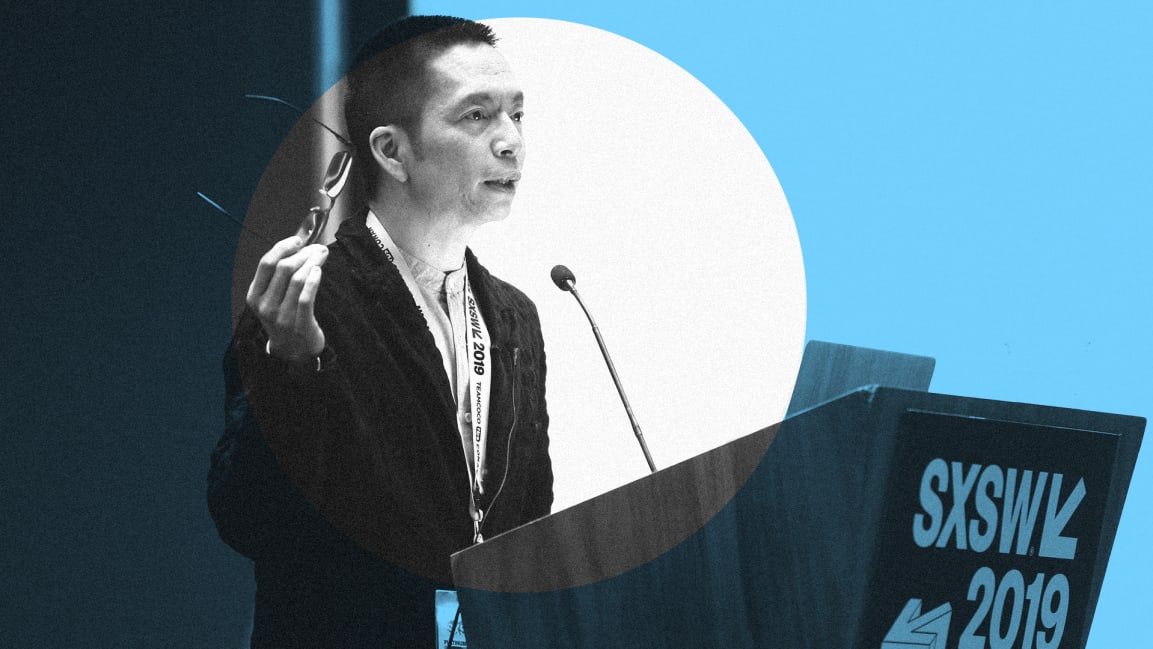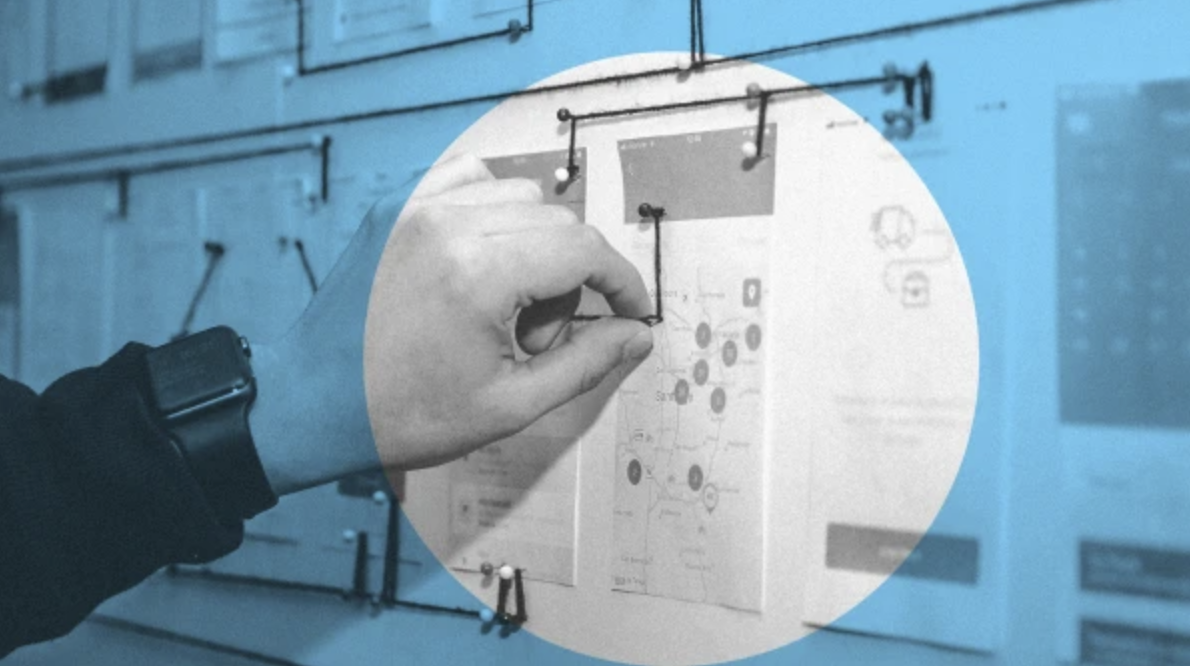John Maeda: “Actually, design is not so important”
- Transfer
The head of development and computational design at Automattic (the parent company of WordPress) believes that designers should be some kind of supporting actors in technology companies, leaving the main role to developers and product managers.

What role does design play in the technology business? For many years, designers have advocated expanding their decision-making power in companies. Their goal was to create completely humanistic products that meet the interests of users, and not just corporate tasks or technological progress.
Recent studies have shown that the design has a significant impact on business results, prompting many companies to position itself as a "design-oriented". See how many large corporations have acquired independent design firms in just the last few years.
However, design guru John Maeda suggests that the idea he previously advocated was erroneous. “I have friends in all companies, I constantly listened to design and all this, and it has been a concern for me all my life. “I insisted that design be taken seriously,” he says. “Over the years, I’m in a phase where I understand that the evangelism of design was really needed, but in fact design is not so important.”
John Maeda is an American designer of Japanese descent, a specialist in computer technology, and a writer. Professor of Design, Massachusetts Institute of Technology (MIT). Author of more than a dozen books (including co-authorship); One of them, the best-selling book "The Laws of simplicity", published in Russian in 2008 - Wikipedia
Wait a minute !?
Maeda, believes that design should play a secondary role in technology companies, and not a leading one. In her annual report “ Design in Technology, ” Maeda claims that design should be like an auxiliary actor or actress of the main characters in a technology company - developers and product managers.
In his opinion, when companies call themselves "guided by the principles of design", then very often designers say: "So, everyone has gone off the road, I'm in charge here." The convincing “I’m the main” is combined with the desire of the design to become the so-called “microworld of mutual stroking”: in which people have in-depth ideas about how a good designer looks, based on stories and experience that designers tend to appeal to and who bring designers together gradually excluding everyone else. Maeda believes that these two elements ultimately repel other modes of interaction, when everything on the contrary should work together.
“More than half of designers still want to create aesthetically beautiful things and can’t do anything about it. This is a built-in feature, says Maeda. “For the product manager, this seems insignificant. For a developer, this is like "Oh, ok, now I have to do it ..."
Instead, Maeda believes that designers should focus on being good team players, not leaders. Worrying about whether design has a sufficient impact on a product or company distracts from real work: creating quality products that meet people's needs.

This is a controversial position, given how much Maeda and other design industry leaders claim that design is becoming a more powerful discipline in organizations. “Designers are used to being the measure of everything and it hurts so much, they are tired of it, they want to fight back and do something meaningful,” says Maeda. “I think in the past ... I stood for design in general, and I had to be a symbolic leader. I felt responsible for my position. ”
But Maeda says the past three years at Automattic have changed his mind. “I continued to meet a lot of people who told me that I was wrong and that the designers at the tech companies“ did not know what they were talking about. ” These people reduced Maeda’s initial desire to become a design leader and made him think that the classic design approach does not always coincide with everyday realities in business.
Of course, the problem is not limited to designers or design. Many disciplines suffer from a similar “stroking each other” syndrome, including engineers and product managers. Maeda believes this is detrimental to the business as a whole because such stories come from teamwork. But for designers it is especially important to work in a team with developers. “We know that technical people are responsible for a lot of things: they can set requests, write code, and as a result, right or wrong things happen,” he says. “But if you are not able to collaborate with developers, you cannot change anything in the world.” In other words, the only way to change the system is to work in it.
Ultimately, Maeda believes that when designers get more power than their fellow developers, they create weaker products. “In my opinion, any company that wants to be a leader in the field of design will appreciate UX (user experience). If the main forces of [company] are designers and people with high quality standards, then this is fantastic. But they can forget to worry about the technical stack, which is actually quite fragile and may work 99 times out of 100, ”says Maeda. "If they are so focused on UX, most likely they will not ask questions about the product and this will not help the company break even."

Hussein Rahman, founder of Jawbone
Take, for example, Jawbone, which was once valued at $ 1.5 billion. Jawbone Up, a wearable fitness tracker that was supposed to be the hottest gadget of 2011, was a complete failure. While reporters wrote that Up had an impeccable design (from the famous designer of Silicon Valley Yves Behar), they could not recommend the product because the software was so buggy that the product was practically useless. As a result, the product (and the company) failed. Lesson? Beautiful industrial design means nothing in combination with poor engineering.

Alex Schleifer, AirBnb Design Director
Maeda is not the only designer who does not agree with the concept of "design" companies. Alex Schleifer, head of design at Airbnb, believes that design-based culture tends to devalue other people's opinions and ideas. He created his design organization so that designers did not pay any special attention; instead, product managers are fully entrusted with presenting the views of users.
For Maeda, the concept of a design that plays a supporting role is not a negative factor for the development of designers. Instead, this approach simply gives designers the opportunity to work with their colleagues on the same team, which, he insists, will ultimately lead to better designs. “The reaction of some people to my suggestions was terrible. Many talk about “design-based management,” he says. “But I say guys, let's remember those films where the best supporting actor or actress is so good that they get an Oscar !?”
